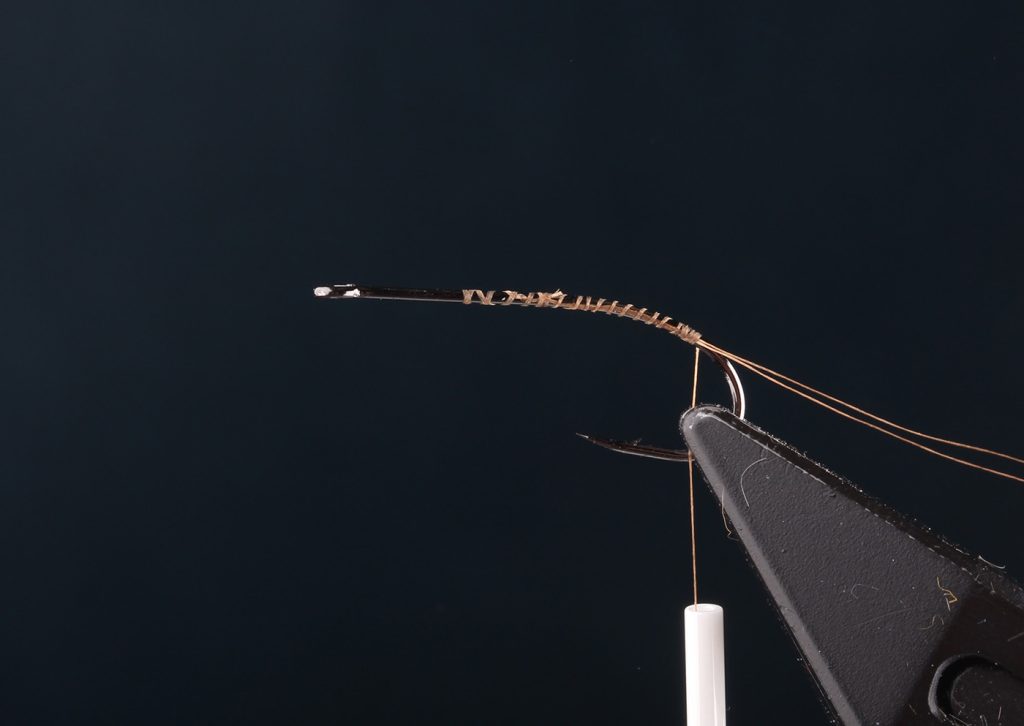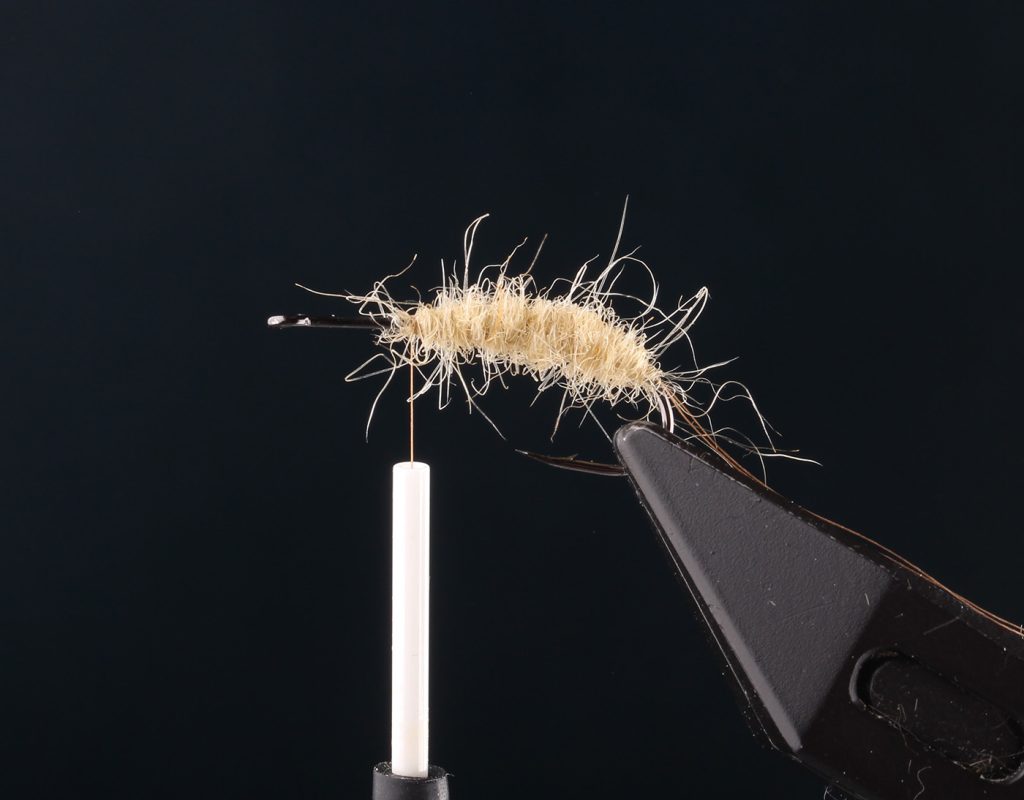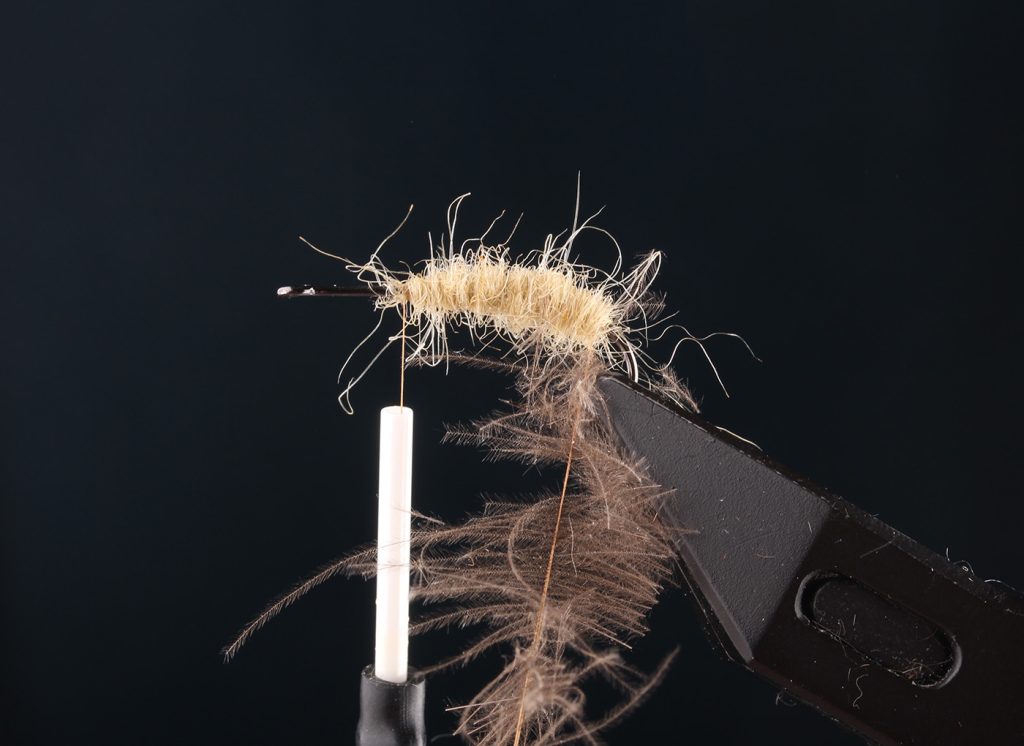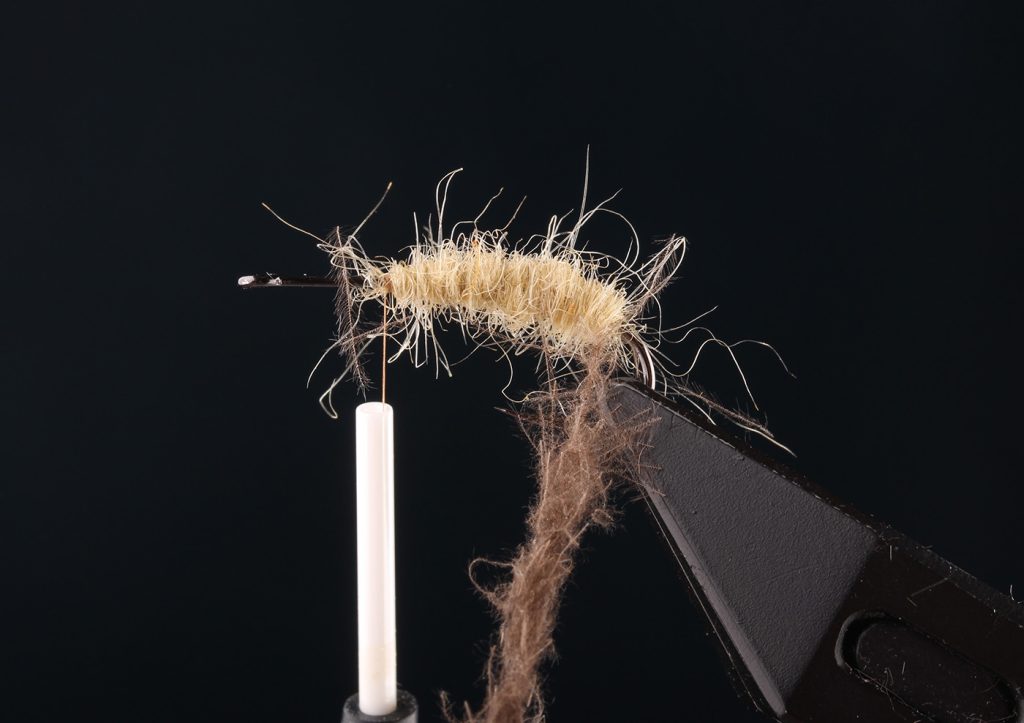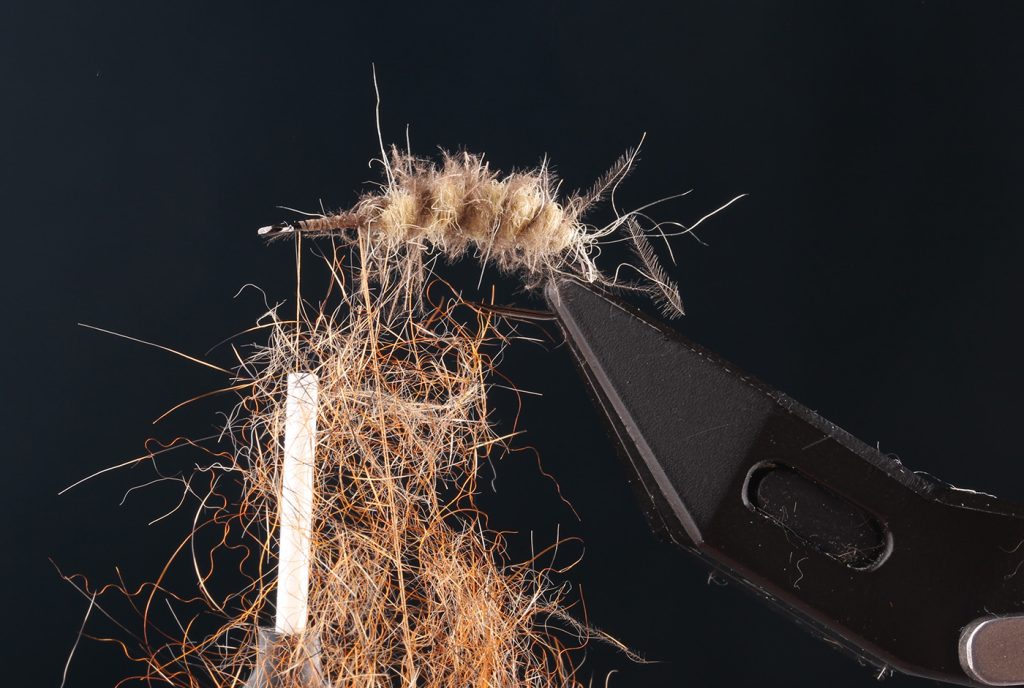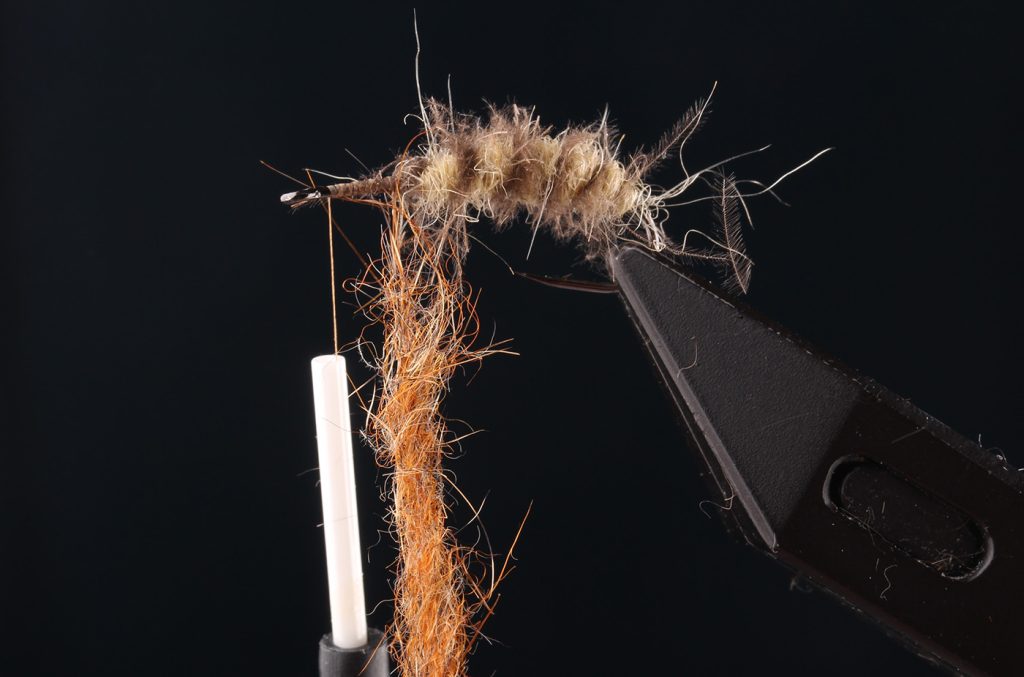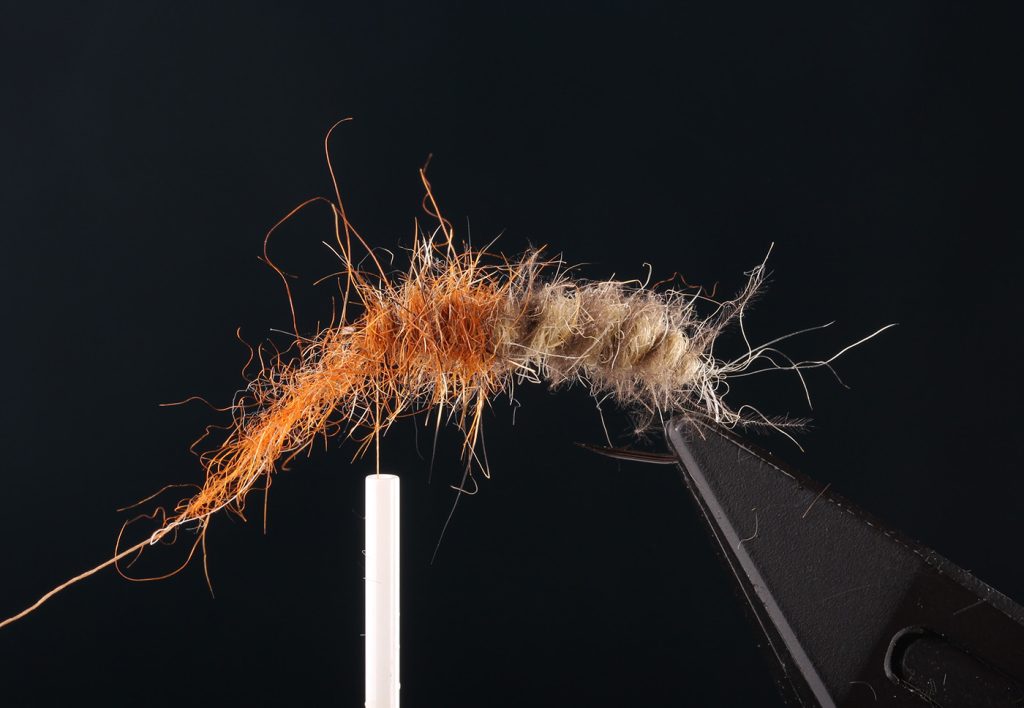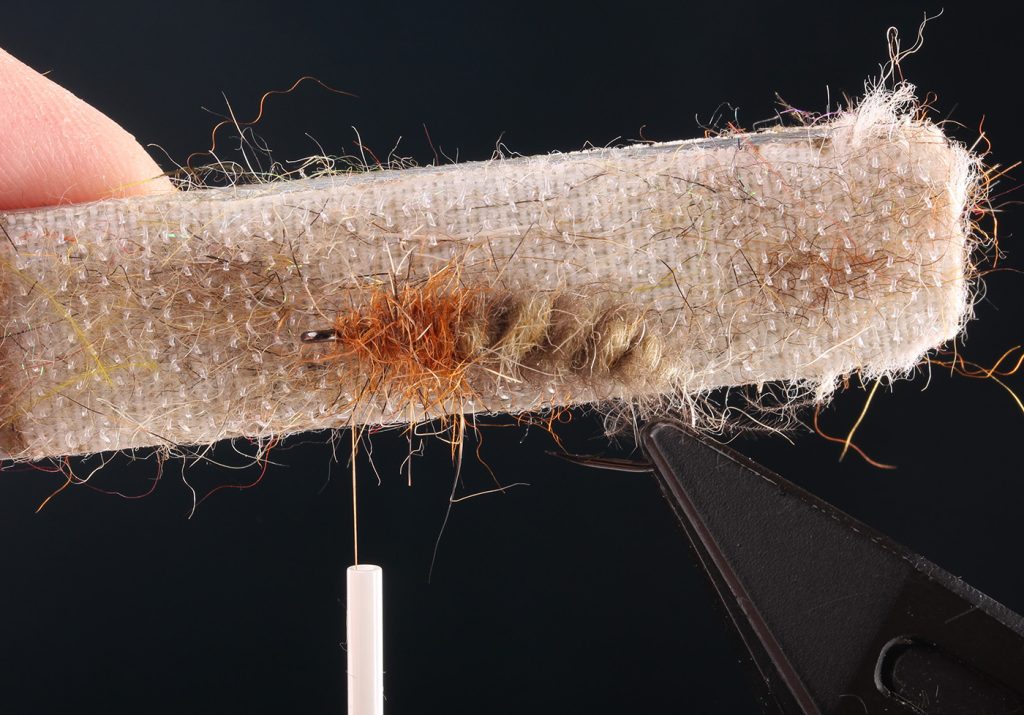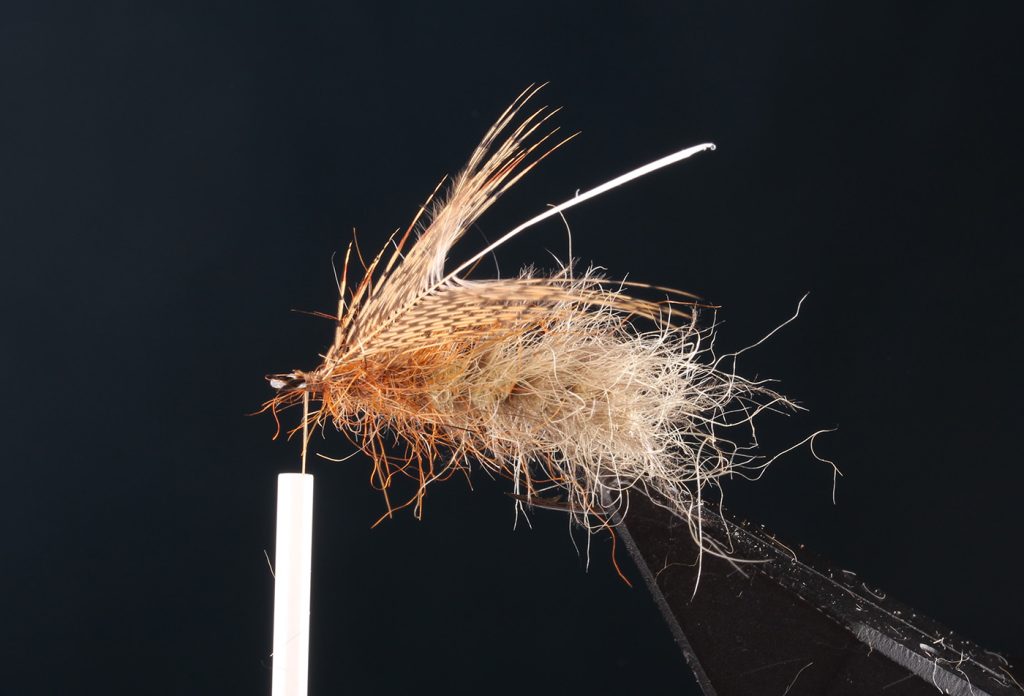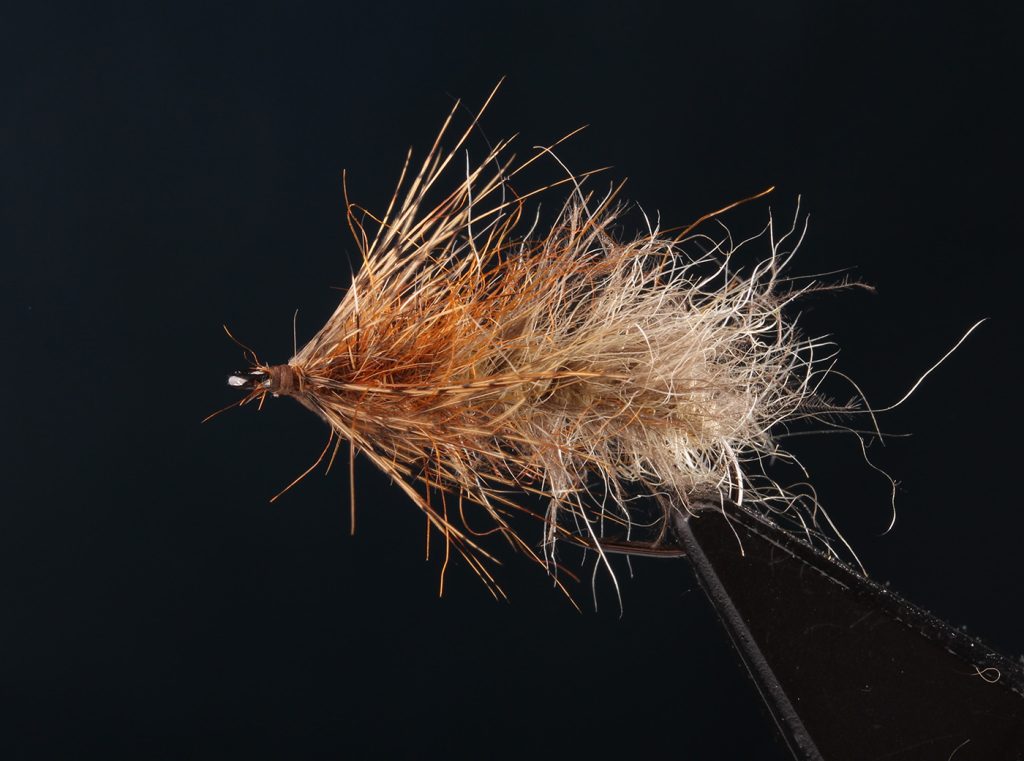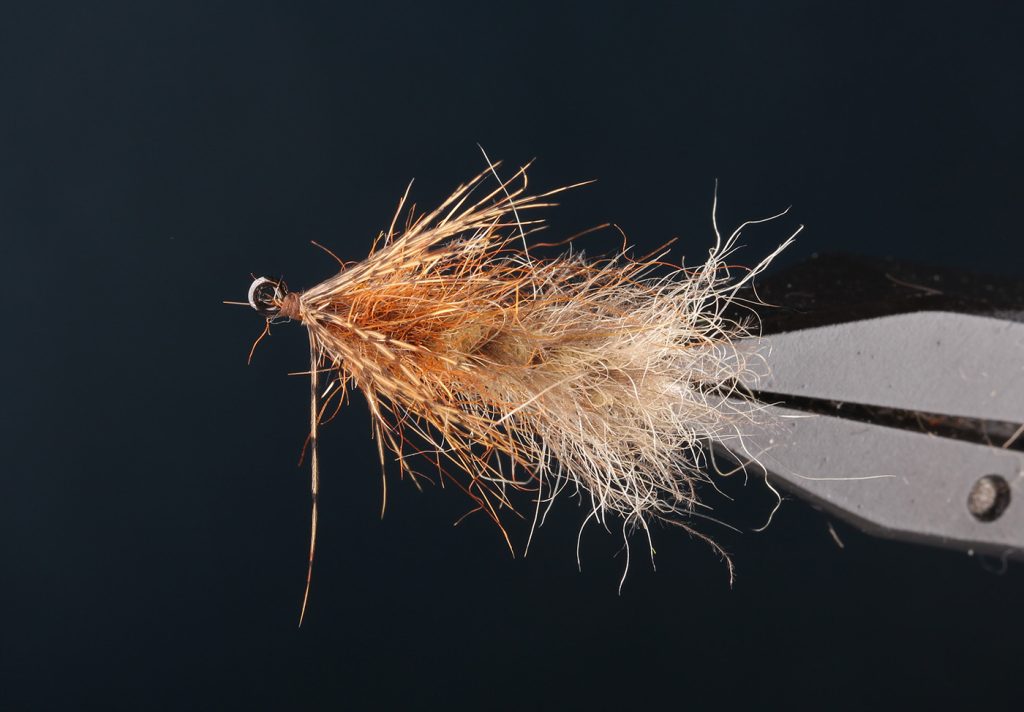
Many flyfishers are looking for the time when the big mayflies, E. Danica and E. vulgata, start to hatch in late spring and early summer. The image of a big newly hatched mayfly dun swirling down the stream or standing on the surface of a small lake, is for many of us the true picture of what flyfishing is all about. And it is great fun to see, when also the biggest fish lower their guard and start chasing those big flies. But in Stillwater, there as time that are even more fun to experience and that’s when the big Caddis flies begin to show, running the surface to safer ground.
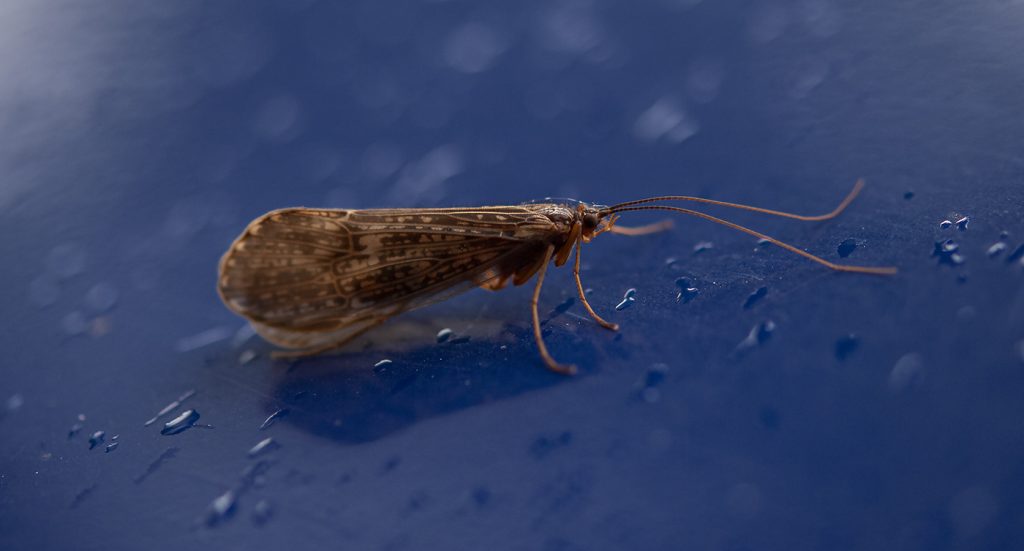
The biggest caddis, the Phryganea grandis, is a massive piece, cloes to 2 inches in length. The newly hatched caddis flies running on the surface, like small racer boats, and wakes even biggest fish to start feeding. These insects are that big so the fish can’t ignore them. Most of the time, a dry fly imitating the fully developed caddis works excellent, but when the first caddis are seen on the surface, the fish have been exposed for the pupa for a longer time and an imitation of the pupa can sometimes be the key to success.
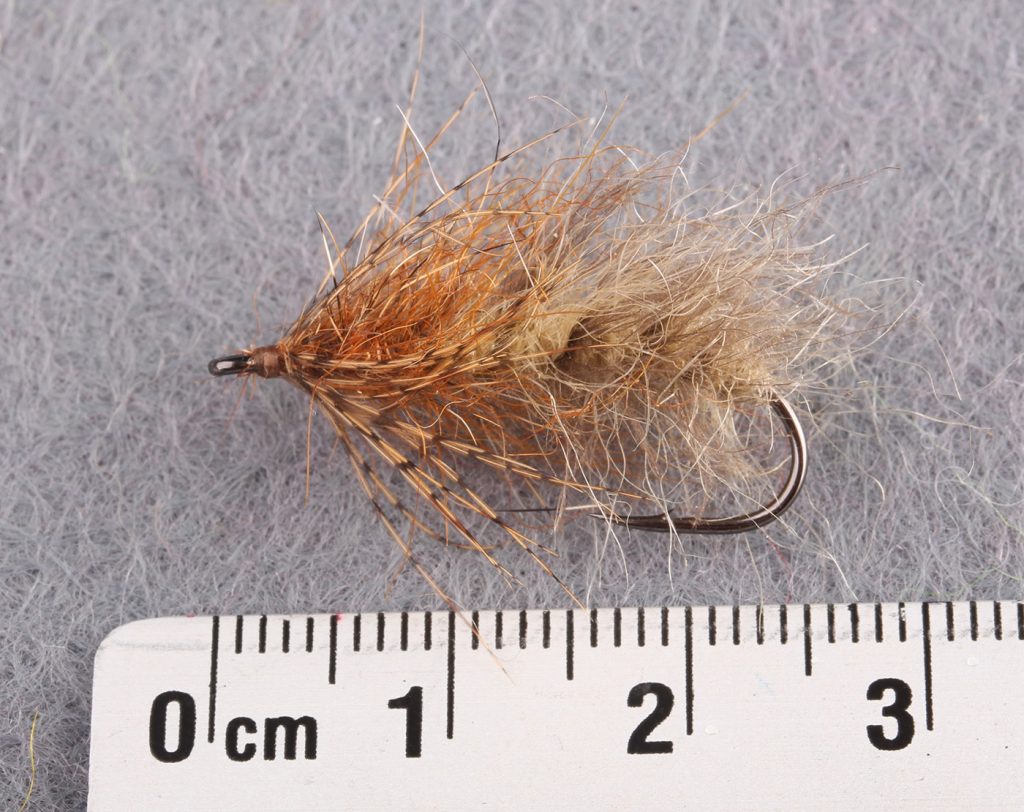
The pattern shown in the blog today is tied to be fished both just under the surface as well as a floating dry fly. The way it’s tied, with buggy seal’s fur and CdC, makes it easy to impregnate to a floating fly. When it starts to sink, just make a couple of blind cast and the fly will float perfectly again.
Hook: Ahrex Sedge Dry # 8
Thread: Brown Veevus 12/0
Body: Natural seals-fur or substitute material
Rib: Natural cdc
Thorax: SLF Spikey Dubbing, Burnt Orange
Hackle: Partridge
